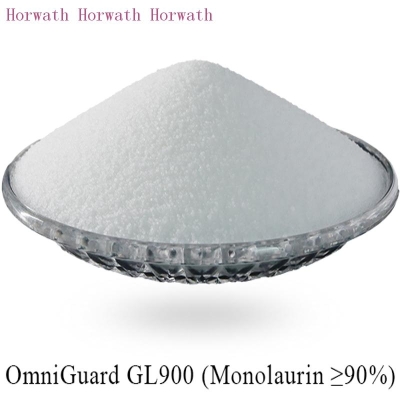The history of agricultural subsidies in China
-
Last Update: 2001-12-27
-
Source: Internet
-
Author: User
Search more information of high quality chemicals, good prices and reliable suppliers, visit
www.echemi.com
Introduction: Xie Yang, Vice Minister of the Rural Department of the development research center of the State Council, introduced that China's agricultural subsidies began in the late 1950s, and first appeared in the form of "allowance for loss of machine farming quota" of state-owned tractor stations, and then gradually expanded to the price subsidies of agricultural means of production, agricultural production electricity subsidies, loan discount subsidies and other aspects For example, from 1979 to 1980, the financial subsidies for agricultural plastic films reached more than 1.6 billion yuan, which played an important role in increasing agricultural production and income at that time Compared with other countries and regions, the characteristics of China's financial subsidies to agriculture are as follows: (1) the universality of the scope of subsidies The multi link and multi category subsidies of finance to the field of agricultural production and circulation almost involve the whole process of agricultural production and circulation The subsidy covers a wide range, the subsidy is very scattered, the amount of subsidies obtained in various links and categories is very small, the role of financial subsidies is difficult to play in a centralized way, and the effect of subsidies is poor (2) It is mainly supported by price subsidies, supplemented by discount loans Most of the subsidies are used to reduce the price of agricultural means of production, the charging standard of supporting agricultural services, and the subsidies in the purchase and sale of agricultural products These subsidies account for a large proportion of financial subsidies to agriculture From 1991 to 1996, the central and local financial subsidies for grain, cotton and oil in circulation reached 186.6 billion yuan, accounting for 50% of the total financial subsidies, the vast majority of which were used for consumption subsidies of urban residents, from which farmers indirectly obtained subsidies (3) The concealment of subsidies For a long time, the way of financial subsidies to agriculture has been mostly the way of "secret subsidy", that is, the financial subsidy funds are not directly allocated in the way of finance, but indirectly given subsidies through circulation channels This way is embodied in agricultural production, with a subsidy nature However, this kind of "subsidy" is not known to most producers, and the direct stimulation to production is not strong, and it is easy to lose In the late 1990s, China implemented a relatively strong price and circulation intervention policy for agricultural products such as grain and cotton The government's purchase price was significantly higher than the market equilibrium price When export was forced by inventory pressure, the overall purchase and operation cost was significantly higher than the international market price Therefore, this kind of circulation intervention policy has protective subsidy effect to a certain extent In recent years, the deficit of grain and cotton state-owned sector has reached hundreds of billion yuan, which shows that the actual subsidies are different from other developed countries: foreign countries mainly based on the principle of "farmers' income parity", try to raise the farmers' income to a level roughly equal to that of urban residents through large-scale subsidies The fundamental goal of the high price policy of purchasing grain and cotton agricultural products in China is to control serious inflation The government tries to stimulate the supply of agricultural products through price intervention to curb inflation, which is a short-term policy in a specific environment After the elimination of inflation, the price of grain has been decreasing, which has lost the meaning of protection in the economic sense, while the price of cotton was completely opened in 1999, let alone protection Ese foreign countries have misunderstood the issue of China's agricultural subsidies There are many agricultural products with comparative advantages in China Since the reform and opening up, the export growth has been rapid Some foreigners don't understand the real economic reasons They think that our government subsidies play a role, and even often suppress it by means of anti-dumping prosecution In recent years, China's exports of honey, garlic and other agricultural products have been treated unfairly China is a big country with special influence Agricultural subsidies are indeed the long-term interests of China Some countries have doubts and even worry about the irregularity of China's Congress on agricultural subsidies after China's accession to the WTO, which will have a negative impact on other developing countries and increase the difficulty of promoting the process of agricultural liberalization Ese (author:) to feed Weibo:
This article is an English version of an article which is originally in the Chinese language on echemi.com and is provided for information purposes only.
This website makes no representation or warranty of any kind, either expressed or implied, as to the accuracy, completeness ownership or reliability of
the article or any translations thereof. If you have any concerns or complaints relating to the article, please send an email, providing a detailed
description of the concern or complaint, to
service@echemi.com. A staff member will contact you within 5 working days. Once verified, infringing content
will be removed immediately.







